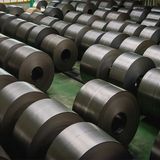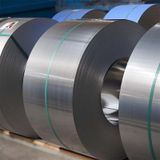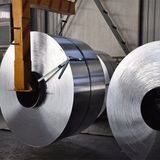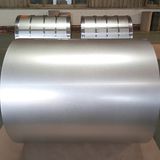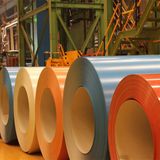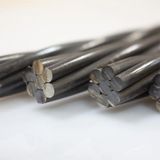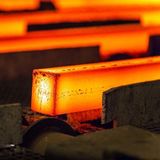Product Description
In Vietnam, reinforcing bars are manufactured on modern technological lines and are completely closed. All types of equipment and machinery are imported synchronously from Danieli Group in Italy in the field of steel smelting and rolling. The Reinforcing Bar is manufactured on advanced and modern technological lines and meets the strict criteria of American standards - ASTM, so they have good quality, bearing capacity and are not damaged. Affected by environmental factors.





